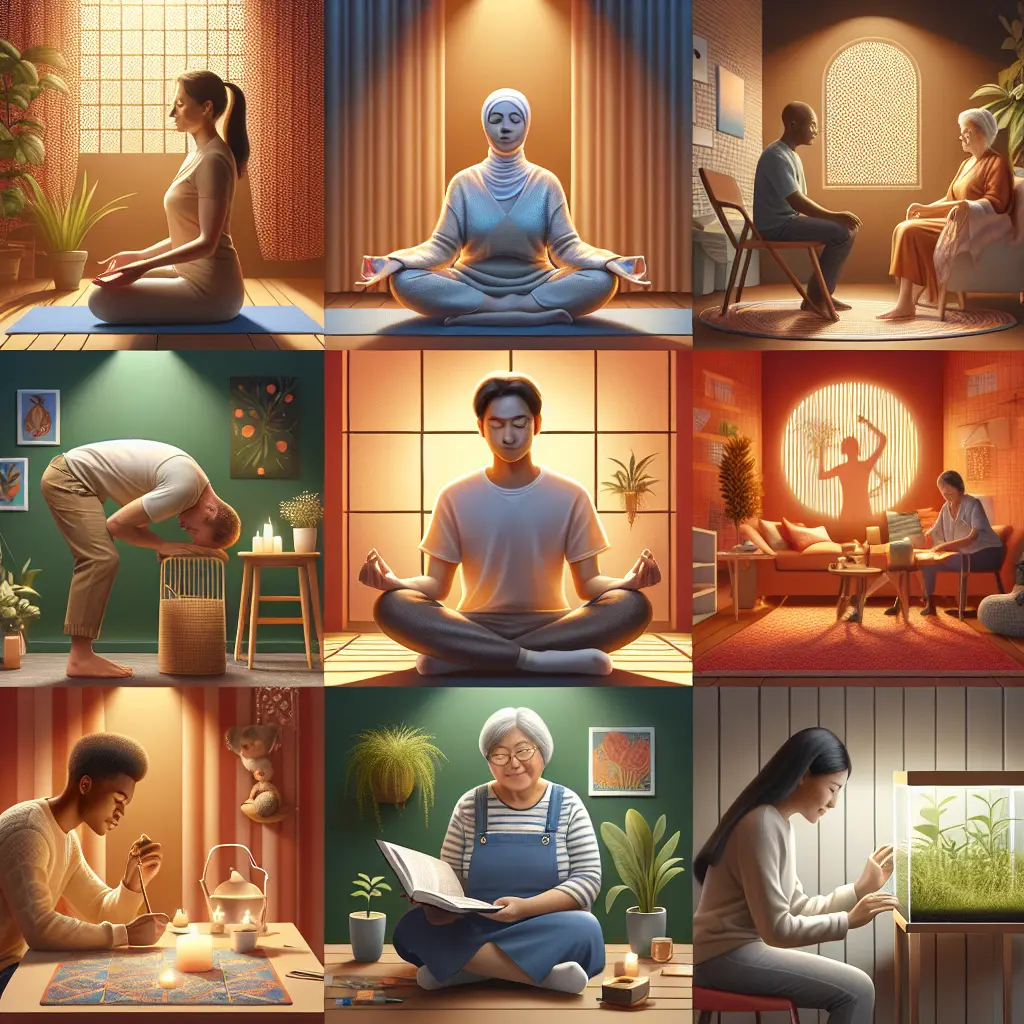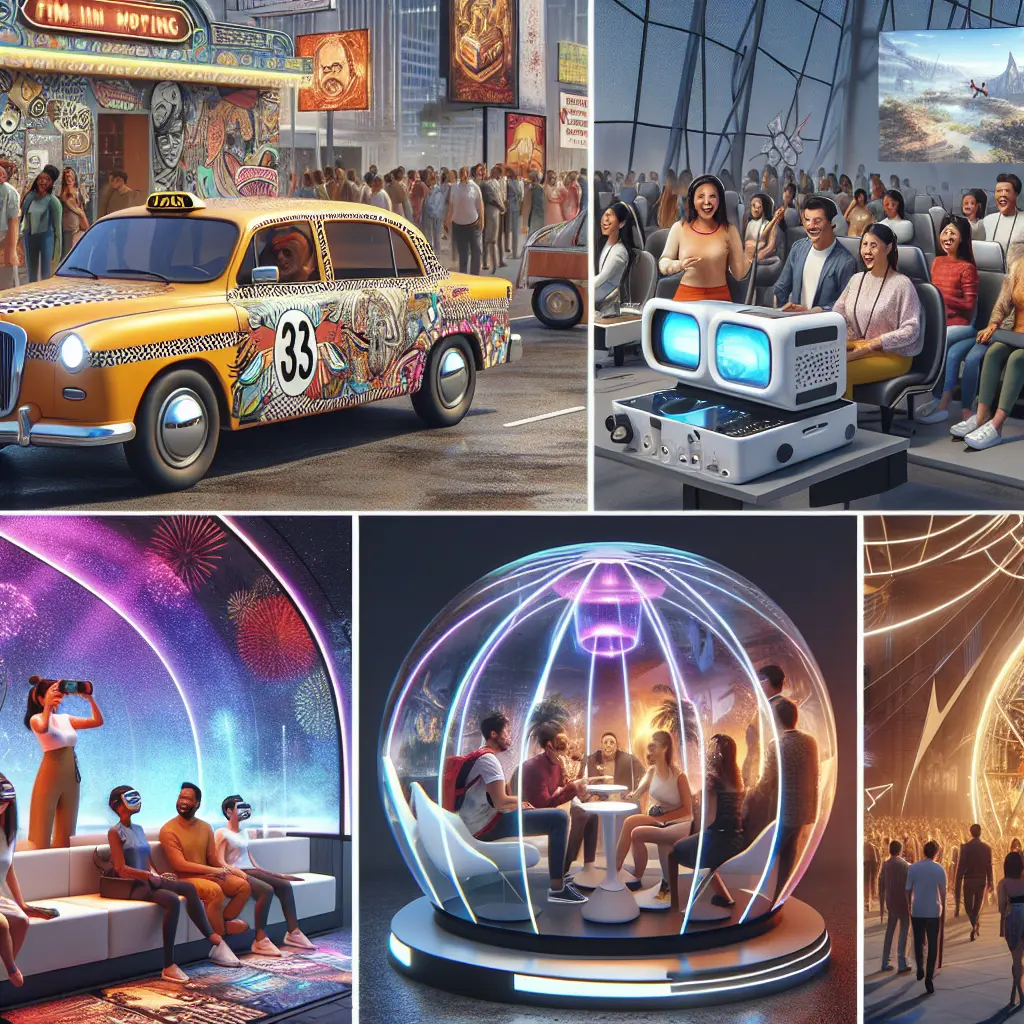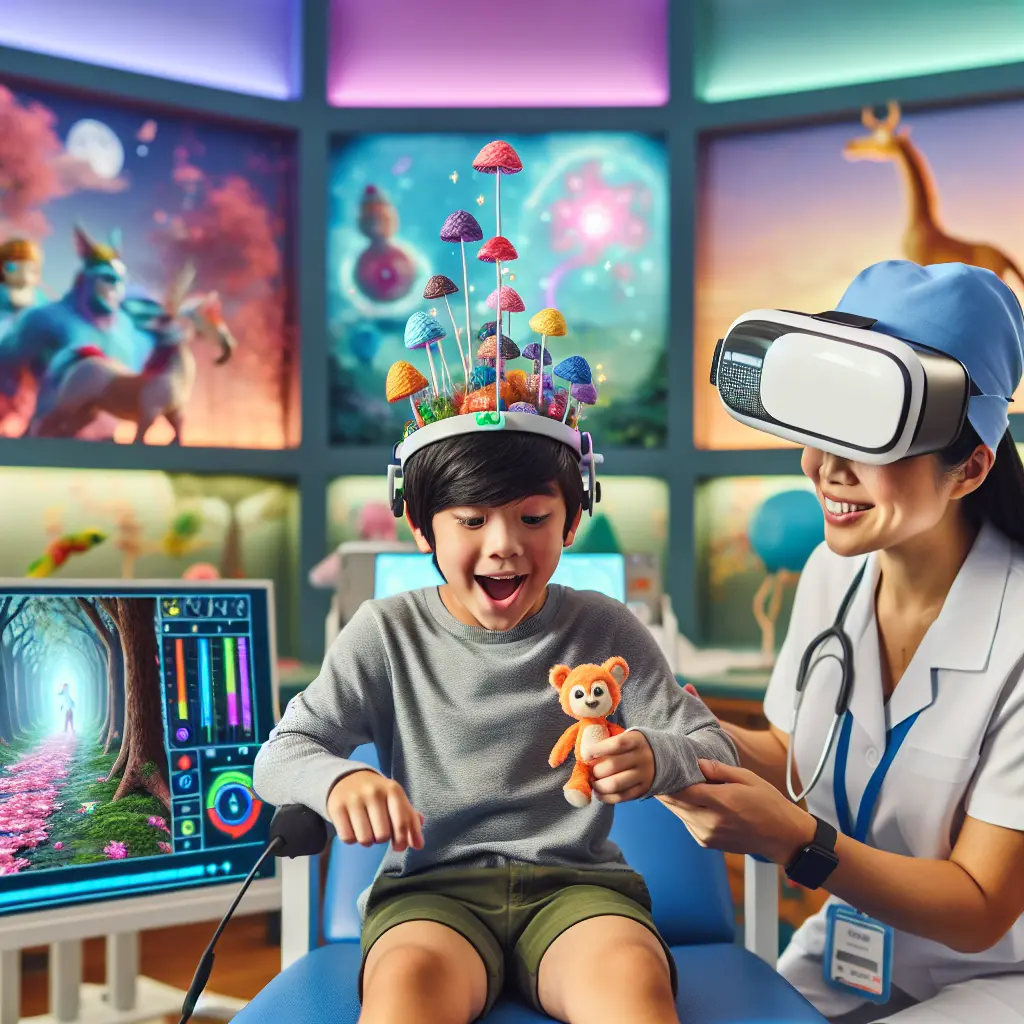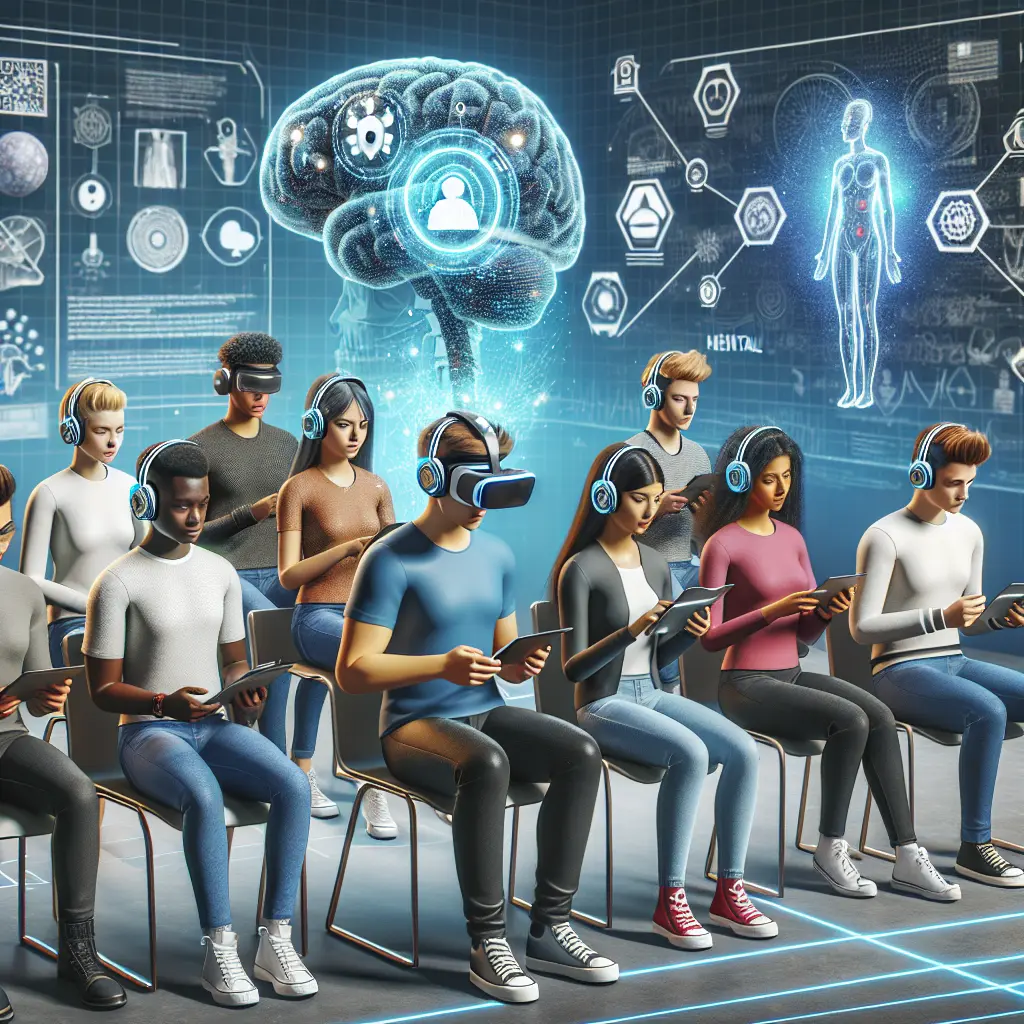Virtual reality is no longer just a playground for gamers—it's rapidly becoming a transformative tool in the world of therapy and immersive storytelling.
In recent years, virtual reality (VR) has revolutionized more than just entertainment; it's begun to profoundly impact the way we experience stories, understand ourselves, and heal. At the forefront of this shift, global events like the Cannes Film Festival are spotlighting immersive experiences that blend art, technology, and personal transformation—many of which echo the core principles of virtual reality therapy.
Immersive Storytelling as Therapy
The latest edition of Cannes is not limited to screening films within the traditional cinema. Instead, it's branching out into unconventional spaces—taxis, interactive VR games, and even shock simulators. This expansion goes beyond mere entertainment; it's about crafting environments where individuals can engage with stories on a deeply personal level.
"tAxI": Imagine turning a simple cab ride into a confessional space where passengers can share their stories. This kind of interactive setup blurs the line between viewer and participant, creating a safe space for self-expression and reflection—a key aspect of virtual reality therapy.
"Lili": By adapting Shakespeare's Macbeth into an interactive game set in Iran, this experience allows users to navigate complex emotions and scenarios within a controlled digital environment. It mirrors therapeutic VR's use of narrative to help individuals process trauma or challenge negative thought patterns.
"In the Current of Being": Through immersive storytelling, users can experience another person's journey or conversion, promoting empathy and understanding—qualities integral to many therapeutic interventions.
How VR Therapy is Evolving
Virtual reality therapy leverages the immersive power of VR to support individuals facing mental health challenges such as anxiety, PTSD, phobias, and depression. By simulating real-world scenarios in a controlled space, therapists can help clients confront fears, practice coping strategies, or process difficult emotions in a safe and guided way.
Key Benefits of Virtual Reality Therapy:
Personalized Experiences: Just as immersive films at Cannes place viewers at the center of the story, VR therapy tailors experiences to each individual's needs.
Safe Exposure: Clients can face difficult scenarios—like public speaking or flying—without real-world risks.
Enhanced Engagement: Gamified elements make therapy more engaging, especially for younger clients or those resistant to traditional talk therapy.
Empathy Building: Experiencing another's story first-hand can deepen understanding and compassion, both for oneself and others.
The Future: Blending Art, Tech, and Healing
The line between entertainment and therapy is blurring as artists and technologists collaborate to create experiences that are as healing as they are captivating. With platforms like those showcased at Cannes, virtual reality is positioned to become an invaluable therapeutic medium—offering new ways for people to connect with their emotions and with each other.
As technology continues to advance, expect to see virtual reality therapy playing an even greater role in mental health care, education, and beyond. Experiences that once seemed confined to the silver screen or therapist’s office are now accessible anywhere—from a taxi cab to your own living room.
Exploring Further: The Impact of Immersive Storytelling
For more insights on how immersive storytelling is transforming experiences at Cannes and what this means for virtual reality therapy, you can read more in the original article here.
Embrace the future where storytelling heals—because with virtual reality therapy, every journey begins with a single immersive step.









Leave a Comment